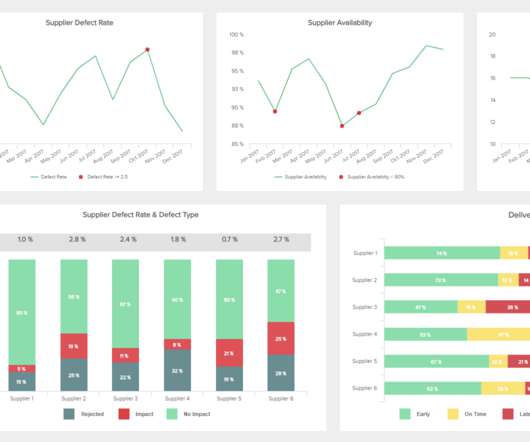Seven Steps to Success for Predictive Analytics in Financial Services
Birst BI
OCTOBER 30, 2018
A personal crystal ball that predicts your days ahead is what financial services firms everywhere want. Every day, these companies pose questions such as: Will this new client provide a good return on investment, relative to the potential risk? Is this existing client a termination risk? Will this next trade return a profit?


















Let's personalize your content